What Mount Does The Nikon D3200?
The Nikon D3200, a popular entry-level DSLR, uses the Nikon F-mount. This mount type has been a mainstay of Nikon's camera systems since it was first introduced in 1959. As one of the most enduring and versatile lens mounting systems in photography, the F-mount allows the D3200 to be compatible with a vast array of lenses that span several decades of Nikon optics. This compatibility offers photographers a significant advantage, ensuring the opportunity to experiment with different lenses and expand their photographic capabilities without the constant need for new specialized lenses.
Understanding the type of mount a camera uses, and its implications, is crucial for any photographer looking to build a versatile and long-lasting photography kit. In this article, we will delve into the specifics of the Nikon F-mount on the D3200, its history, compatibility considerations, and practical tips for selecting lenses.
The Nikon F-Mount: A Brief History
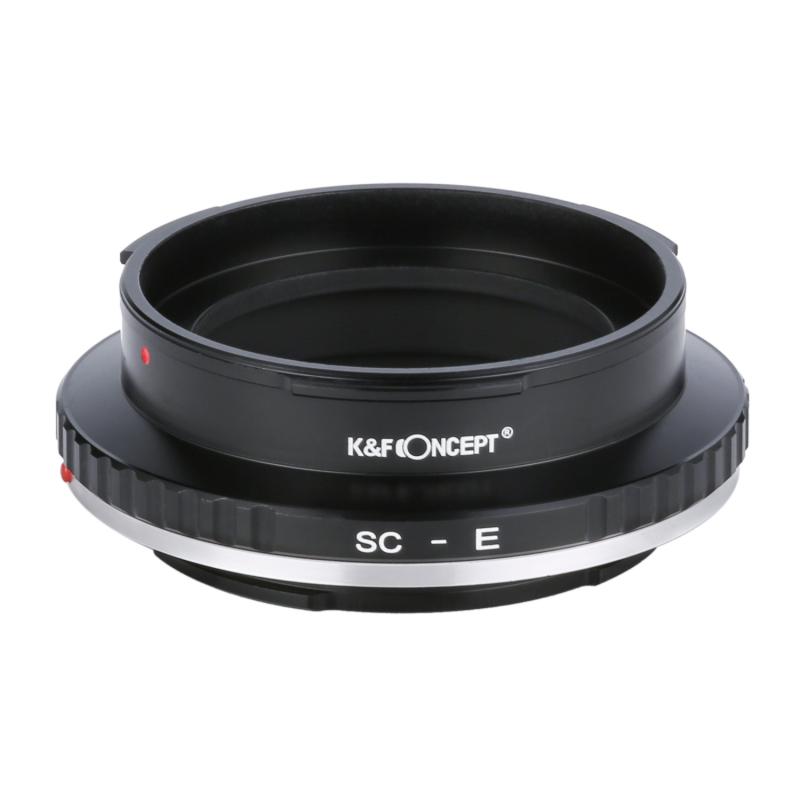
Introduced in 1959 with the Nikon F camera, the F-mount set a new standard for lens interchangeability and durability. This bayonet-type mount quickly became known for its robustness and ease of use. Over the years, the F-mount has seen incremental technological advances, while maintaining backward compatibility. This means that many of the lenses produced since its inception can still function, to some extent, on modern Nikon DSLR bodies, like the D3200.
This continuity in design philosophy ensures that photographers using the D3200 are not limited to modern lenses alone, but can also explore vintage lenses that may offer unique optical characteristics.
Compatibility Considerations
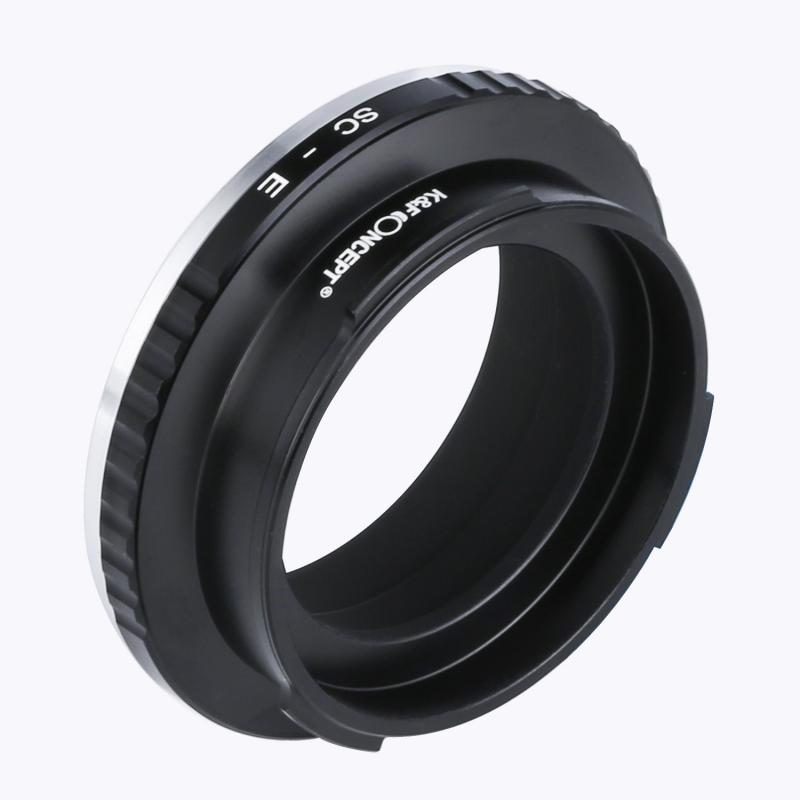
While the Nikon F-mount provides broad compatibility, not every lens will work flawlessly with the D3200. Here are some key factors to consider when selecting lenses:
1. Autofocus Motor
- AF-S/AF-P Lenses: For fully automatic focusing, the D3200 requires lenses with a built-in autofocus motor, designated as AF-S or AF-P. These lenses ensure quick and silent autofocus, making them ideal for a range of photography applications from portraiture to action shots.
- AF Lenses: Older AF lenses without built-in autofocus motors can still be used, but will require manual focus when mounted on the D3200. This is due to the D3200 lacking the internal AF motor that higher-end Nikon DSLRs possess.
2. Electronic Contacts
- CPU Lenses: Modern lenses with electronic contacts (referred to as CPU lenses) allow full communication between the lens and camera body. This ensures functions such as metering and aperture control work correctly. The vast majority of Nikon lenses produced in the last couple of decades are CPU lenses.
- Non-CPU Lenses: These are generally older lenses without electronic contacts. While they can still be physically mounted, functionalities like light metering and aperture control have to be manually managed. This may not be ideal for beginners or those looking for seamless operation.
3. Lens Categories
- DX Lenses: Nikon's DX lenses are specifically designed for APS-C sensor cameras like the D3200. These lenses tend to be smaller, lighter, and more affordable than their full-frame (FX) counterparts.
- FX Lenses: Although designed for full-frame cameras, FX lenses can also be used on the D3200. When using an FX lens on a DX body, only the central portion of the lens’s imaging circle is used, effectively cropping the image and applying a 1.5x focal length multiplier. This can be advantageous for telephoto photography but may not always be ideal for wide-angle perspectives.
Selecting the Right Lens
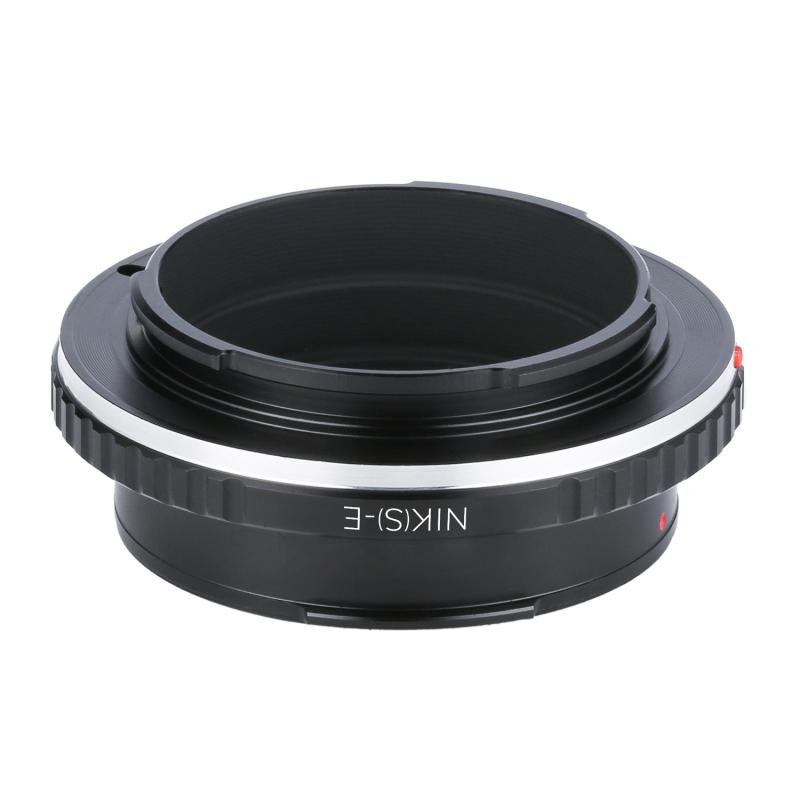
Given the variety of Nikon F-mount lenses available, selecting the right lens for your D3200 depends on your specific photographic needs and style. Here are some lens categories to consider based on common photographic interests:
1. General Photography
- Nikon AF-S DX NIKKOR 18-55mm f/3.5-5.6G VR: This is the standard kit lens often bundled with the D3200. It offers a versatile zoom range that covers wide-angle to short telephoto perspectives, making it an excellent all-purpose lens.
2. Portrait Photography
- Nikon AF-S DX NIKKOR 35mm f/1.8G: Praised for its sharpness and wide aperture, this lens is ideal for portraiture. The wide f/1.8 aperture allows for beautiful background blur (bokeh) and excellent low-light performance.
- Nikon AF-S NIKKOR 50mm f/1.8G: Though designed originally as an FX lens, it performs excellently on the DX-format D3200, offering an effective focal length of 75mm, which is perfect for headshots and portraits.
3. Macro Photography
- Nikon AF-S DX Micro NIKKOR 40mm f/2.8G: For those interested in close-up photography, this lens provides excellent magnification and sharpness, allowing you to capture intricate details with ease.
4. Landscape Photography
- Nikon AF-S DX NIKKOR 10-24mm f/3.5-4.5G ED: This ultra-wide-angle zoom lens is perfect for sweeping landscapes and architectural shots, providing a broader perspective compared to standard zooms.
5. Telephoto Photography
- Nikon AF-S DX NIKKOR 55-200mm f/4-5.6G ED VR II: Ideal for wildlife, sports, and distant subjects, this lens extends your reach while offering vibration reduction to minimize camera shake.
Practical Tips

1. Experimenting with Vintage Lenses: If you're intrigued by using classic lenses, invest in a quality adapter and be ready for a manual photographic experience. Vintage lenses often bring unique optical qualities that modern lenses may not replicate.
2. Factor in Crop Factor: Always remember the 1.5x crop factor on DX bodies like the D3200 when selecting lenses. This can transform a 50mm lens into an effective 75mm, altering your composition considerations.
3. Weight and Size: Especially for travel and street photography, lighter and more compact lenses are generally preferable. APS-C optimized DX lenses tend to be more portable compared to their FX counterparts.
The Nikon D3200's use of the F-mount opens up a world of possibilities for lens choices, from contemporary models offering advanced technology to vintage lenses offering unique character. Understanding the nuances of lens compatibility, coupled with your individual photographic needs, will guide you in building a versatile and expressive camera kit. Whether you're diving into portraiture, macro photography, or landscapes, the D3200 coupled with the right lenses can help you elevate your photography and explore your creative potential.


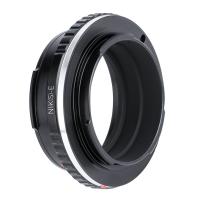
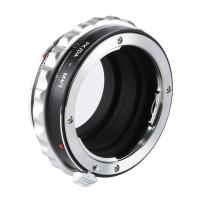
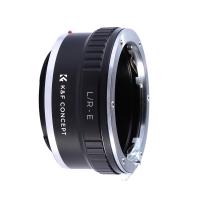
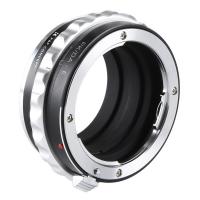
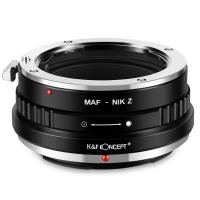
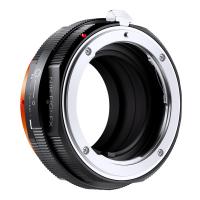
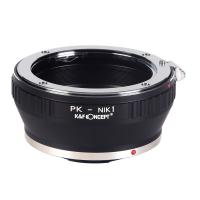
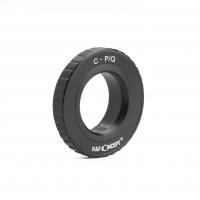
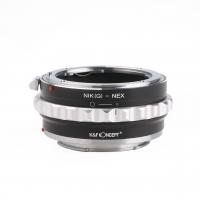
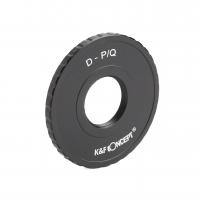
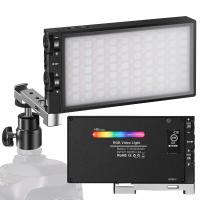
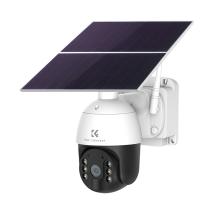
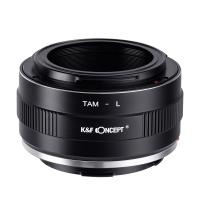
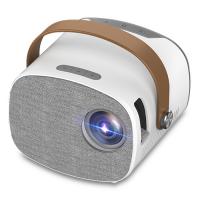
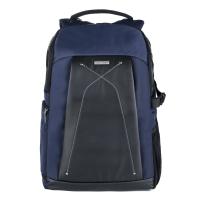


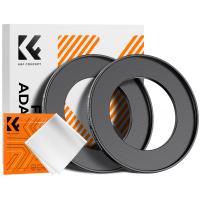


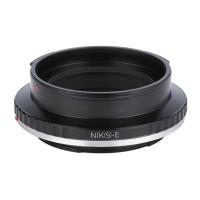
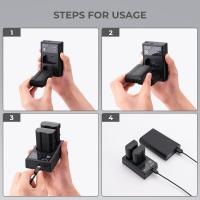
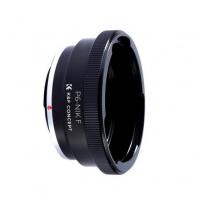
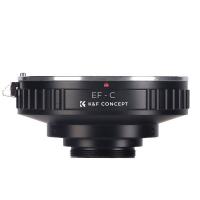


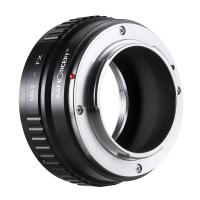
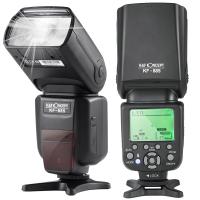

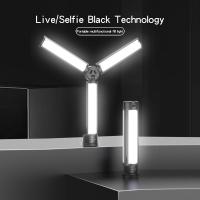
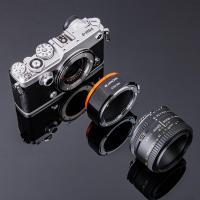
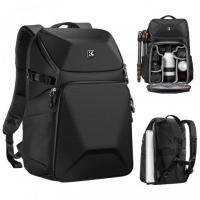



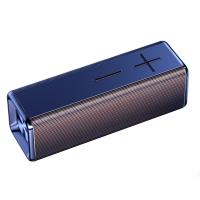
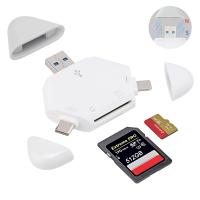

There are no comments for this blog.